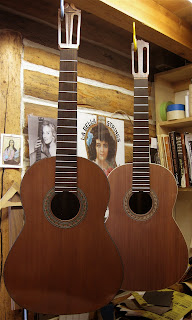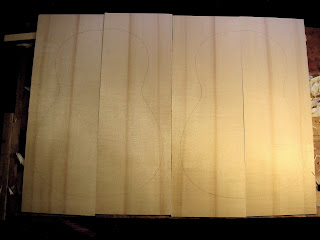Posts
Showing posts from May, 2015
French Polishing a Classical Guitar Bridge
- Get link
- Other Apps
Hernandez y Aguado, Santos Hernandez and Antonio Torres Style Guitars
- Get link
- Other Apps
Colorado Engelmann Spruce Tonewood
- Get link
- Other Apps
Another Way to Hold a Guitar Body with Two Holdfasts and a Box!
- Get link
- Other Apps
Making a Copy of a Miguel Rodriguez Guitar - Closing Up The Box
- Get link
- Other Apps




